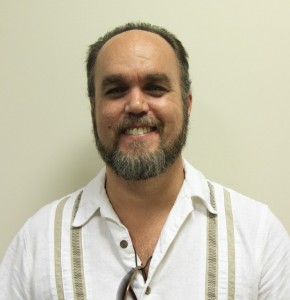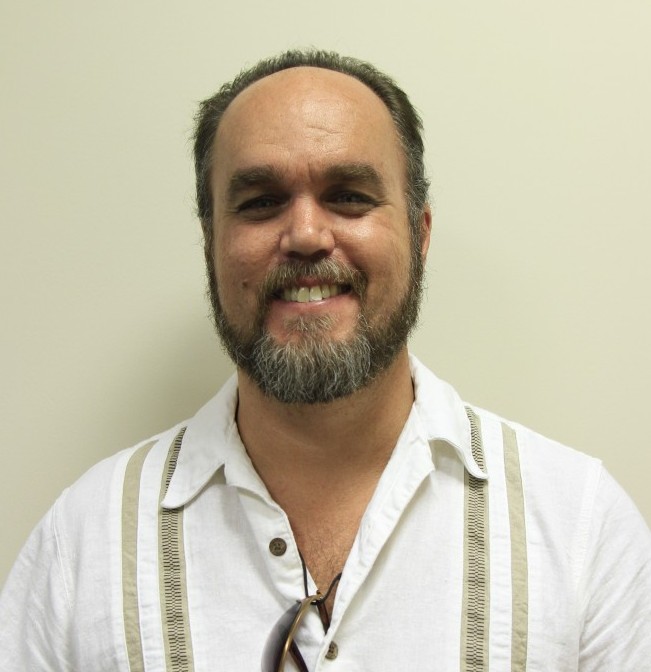 In 1985, at the age of 18, I was sentenced to life in prison for murder. I was sent to Georgia Industrial Institute, commonly known as Alto, after the nearby town. Throughout the system at that time Alto had a reputation for violence. Though I was tried and convicted as an adult, this prison was designed for “youthful offenders.” Only a handful of prisoners were over the age of 22, and many had arrived there at ages 14 – 17.
In 1985, at the age of 18, I was sentenced to life in prison for murder. I was sent to Georgia Industrial Institute, commonly known as Alto, after the nearby town. Throughout the system at that time Alto had a reputation for violence. Though I was tried and convicted as an adult, this prison was designed for “youthful offenders.” Only a handful of prisoners were over the age of 22, and many had arrived there at ages 14 – 17.
During 25 years of incarceration, I never again lived at a prison with the same levels of assault, robbery and rape. Alto was a hyper-violent place. There is an awful synergy when young marginalized men are placed in a situation with little supervision or protection. I remember thinking that Lord of the Flies was a perfectly logical picture of young men isolated from the adult world.
Until my release in 2009, I continued to meet young men who had had similar experiences in “youth prisons” or in youth detention centers (YDCs). I met many young men who were transferred directly from YDC into the adult system. Even though the adult prison was usually a safer place, they would maintain the same set of survival strategies they learned in the juvenile system. This often led to fighting and other behavior that caused them and others problems.
From 2005 until 2009, I was involved in a mentoring program that mixed older prisoners with these young men. They were well adapted to the environment of the youth detention centers, but their adaptations were not suitable for prison, much less the outside world. Prisons are communities, and when these young men entered the community with their annoying and often dangerous habits, there was often a “there goes the neighborhood” response from the older prisoners. One of our goals as mentors was to model a different approach to living in a prison, an approach that placed personal growth over violence and other nonproductive activities.
The mentoring project was conceived by a group of lifers who had served many years in prison. I brought my interest in restorative justice to the group because it addressed the role that prisoners could take in repairing themselves and their communities. I had studied several approaches to rehabilitation, and restorative justice seemed to offer the best method for affecting change in ourselves, our companions, our families, and in our community. The mentoring group was an example of a restorative effort that we, as members of a community with specific needs and skills, were best able to carry out. The various activities we did within the group were less important than the example we set for the young men of taking responsibility for ourselves and our community. We demonstrated an alternative to their habitual responses. This was restorative justice in action.
Restorative justice acknowledges the importance of involvement by everyone who is affected by crime. Society, families, friends, victims and offenders are all impacted when an act damages the web of connection. The needs of all must be addressed if full restoration is to be achieved. The offender’s role in this effort has been largely marginalized. Whether or not those dealing with offenders view them as needing help or needing punishment, the offender has been a bystander in the process. Either the system is doing something “to” the prisoner or “for” him. Both ways minimize his accountability and his ability to effect change within himself. What we learned, and what we modeled to those young men, was that without our own involvement in our rehabilitation we would never achieve our full potential as human beings.
Through this and similar experiences I became convinced that only an effort that fully involves the offender, that empowers him to be truly responsible for himself, will succeed in bringing about true rehabilitation. If an effort is able to mobilize this power, then it will take root among the prison population, the group that can best bring about needed change. Once an offender is able to take this step he can proceed to help his companions. By developing personal insight he gains empathy for others. Not only can restorative practices be used to address the actions for which someone is incarcerated, they can also be used to address the prison environment itself, where the various roles of offender and victim are played out almost daily. In our group we were able to address the actions that had brought us to prison and the many negative actions that took place in the prison.
Of course, many pieces of the problem are yet to be solved. Offenders must be able to take responsibility without giving up their legal rights. Structures should be created that allow for victim/offender dialogue when appropriate. Most importantly, in my opinion, safe spaces need to be created where the offender can focus on restoration instead of survival. When you live day to day worrying about being assaulted, killed, raped or robbed you have very little energy for introspection. Barb Toews, in her book Restorative Justice for People in Prison, writes about “restorative spaces,” places that promote respect, care, healing, accountability and nonviolence. In my experience, these places do not yet exist in what we call prisons and youth detention centers. I believe that I can begin that work now, with the people I know can affect the most change: offenders.

I agree with Mr. Bishop that, “it would sound more grounded and congruent, in fact, more complete to me…” if the responsibility was more clear. I did kill a man in 1985, senselessly and with no extenuation circumstances than perhaps youth. I will strive to be more clear about this in the future. I have not intentionally sought to evade responsibility, and will watch for evading through neglect as well. Thank you.
I am left feeling it would sound more grounded and congruent, in fact, more complete to me, if the author started his post by taking a more explicit personal responsibility for his action, which the
“… at the age of 18 I was sentenced to life in prison for murder”, for all it’s pith and drama, eludes, in my opinion. Why not be more upfront, I am left wondering, after all these years of restorative work? Along the lines of, “at the age of 18 I killed someone and was sentenced to life in prison for murder”, for instance. It’s an omission that irritates, as it takes away a measure of the moral authority the author’s preceding behavior warrants. It does not, as it cannot, of course, invalidate his actual contribution to countless mentored youth in a testimonial of a life fruitfully offered to others and our common betterment.
John Lash has come a long way in his growth process as a human being, as a young man made to be a grown man sooner than later and as a man who has utilized the sentence imposed upon him-to better himself and his fellow man through a real hands on approach. Many of our young men are bereft of positive male role models, mentors,community actors from which they can emulate their way of living-that is good inter-active connectiveness,socially appropriate communication skill set(s) or eyes on the prize oriented men. Men who in part set the pace within their commmunities, to the best of their collective abilities. I agree wholeheartedly with the notion we do not have, nor are we even contemplating safe spaces for young men to grow through their negative actions-by way of restorative justice approaches and much hard work in those areas in need of immediate attention; in order to bring these oftentimes abused young men in to the light that sets before them each day. God Bless him.
Juvenile life without parole (JLWOP) sentences are inhumane sentences that abandon the concept of redemption and ignore the inherent dignity of young people. To see an example about how Michigan imposed a death by incarceration sentence on a juvenile named Efrén Paredes, Jr. visit: http://4Efren.com and http://Facebook.com/Free.Efren